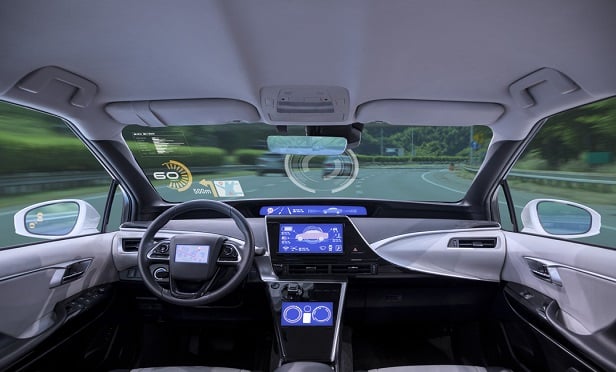 The camera and other sensors attached to the windshield must be recalibrated very carefully to ensure that the ADAS features continue to work as intended. (Photo: Shutterstock)
The camera and other sensors attached to the windshield must be recalibrated very carefully to ensure that the ADAS features continue to work as intended. (Photo: Shutterstock)
The auto industry has made many technological advancements over the years to improve the safety of motorists, but safe driving still relies heavily on human attention and skill. Take your eyes off the road for just two seconds and the odds of a crash double. Thankfully, our cars are growing smarter and advanced driver assistance systems (ADAS) are being developed to help us drive more safely and avoid collisions.
Recommended For You
Want to continue reading?
Become a Free PropertyCasualty360 Digital Reader
Your access to unlimited PropertyCasualty360 content isn’t changing.
Once you are an ALM digital member, you’ll receive:
- Breaking insurance news and analysis, on-site and via our newsletters and custom alerts
- Weekly Insurance Speak podcast featuring exclusive interviews with industry leaders
- Educational webcasts, white papers, and ebooks from industry thought leaders
- Critical converage of the employee benefits and financial advisory markets on our other ALM sites, BenefitsPRO and ThinkAdvisor
Already have an account? Sign In Now
© Touchpoint Markets, All Rights Reserved. Request academic re-use from www.copyright.com. All other uses, submit a request to [email protected]. For more inforrmation visit Asset & Logo Licensing.







